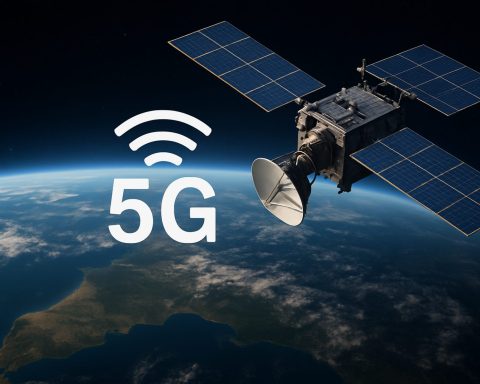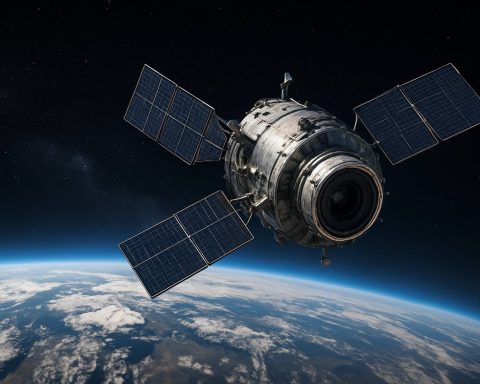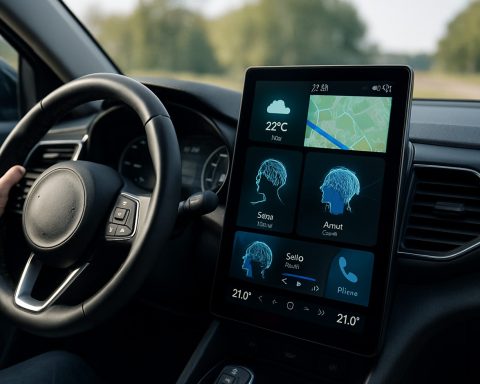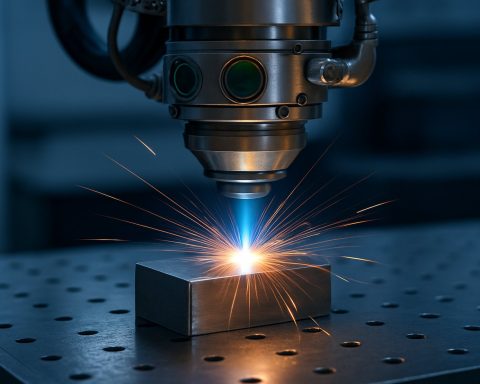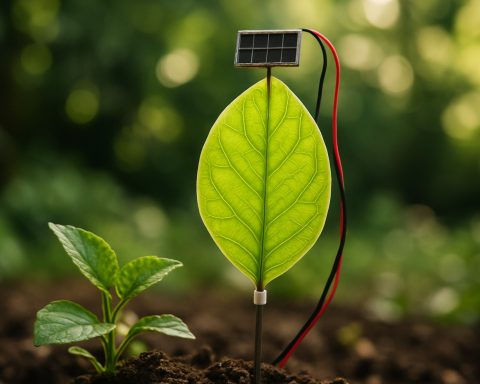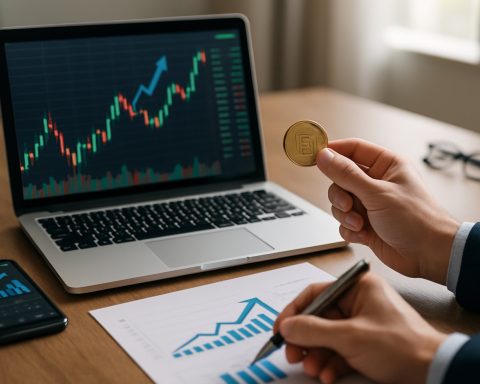- BYD has developed its first solid-state battery prototypes, demonstrating their innovation in battery technology.
- Two prototype sizes, 20 Ah and 60 Ah, are set to progress with a pilot line in 2024.
- Mass adoption of solid-state batteries is expected to begin with “mass demonstration” around 2027, with full-scale production anticipated by the next decade.
- BYD’s solid-state development emphasizes sulphide electrolytes, potentially matching current costs as production scales up.
- The technology promises improved safety, energy density, and charging speeds but faces ongoing challenges in cost and technical refinement.
- Other industry leaders, like CATL, envision small-scale solid-state production by 2027, indicating a parallel industry shift.
- BYD aims to integrate solid-state batteries with existing LFP technology, enhancing performance in high-end automotive models.
As the race toward solid-state battery innovation intensifies, BYD, a leader in battery technology, has taken a significant leap forward. During a recent forum, Sun Huajun, BYD’s CTO, revealed that the company has already crafted its inaugural solid-state cells. These 20 Ah and 60 Ah prototypes are a testament to BYD’s foresight and technical prowess on their pilot line, projected for 2024.
Despite this promising start, the widespread adoption of solid-state technology remains a future prospect. BYD anticipates the “mass demonstration” phase will unfold around 2027, marking a significant, albeit gradual, shift in battery production. Full-scale incorporation into mainstream production awaits the dawn of the next decade, as these groundbreaking cells grapple with cost and quantity challenges.
The innovation wing is fueled by sulphide electrolytes, which Sun believes could eventually align cost-wise with the current liquid electrolyte systems once mass production scales up. Yet, the journey to harnessing these advantages is rugged, involving intricate cost dynamics and technical hurdles.
Sun anticipates a parallel progression among industry peers, indicating a synchronized evolution in the battery landscape. Echoing this sentiment, CATL, another e-mobility trailblazer, eyes small-scale solid-state cell production by 2027 as well.
The allure of solid-state technology lies in its transformative potential—enhancing safety, energy density, and charging speeds. Yet, full realization remains elusive as developers navigate the labyrinth of technological refinement.
With its well-known LFP blade batteries, BYD propels the advance of robust and cost-effective solutions, aiming to blend traditional strength with the promise of a high-performance future. For now, solid-state batteries stand as beacons of potential awaiting their time to shine on the automotive stage, fitting seamlessly into high-end models and creating synergy with the stalwart lithium iron phosphate cells.
The Future of Batteries: Why Solid-State Innovations by BYD Are Game-Changing
How-To Steps & Life Hacks for Solid-State Battery Integration
1. Understanding the Basics: Gain a foundational understanding of what solid-state batteries are. Instead of liquid electrolytes, these use solid materials, offering greater energy density and safety.
2. Identify Need: Evaluate if your technology or application requires the advanced features of solid-state batteries, like in electric vehicles (EVs) or consumer electronics.
3. Stay Updated: Follow technological advancements by key players, such as BYD, for updates on commercial availability and scalability.
4. Plan for Transition: Begin considering how existing systems, especially in automotive applications, can be adapted to accommodate these batteries.
Real-World Use Cases
– Electric Vehicles (EVs): The automotive sector is expected to be a primary beneficiary of solid-state batteries, with improvements in range and safety being major selling points.
– Consumer Electronics: Enhanced safety and energy density can also benefit smartphones and laptops, allowing for longer usage times and slimmer designs.
Market Forecasts & Industry Trends
– Projected Growth: Reports anticipate the solid-state battery market could grow substantially, reaching an estimated value of over USD 60 billion by 2030 (Sources: Markets and Markets, BNEF).
– Industry Adoption: Both BYD and CATL forecast that mainstream adoption could be realized in the late 2020s, with collaborations and joint ventures likely to drive innovation and production scale.
Reviews & Comparisons
– BYD vs. CATL: While BYD focuses on sulfide electrolytes for cost alignment, CATL explores alternative solutions. Both companies are progressing via R&D but have different approaches in terms of partnerships and resource allocation.
Controversies & Limitations
– Technical Challenges: While promising, solid-state technology faces hurdles like manufacturing scalability, material stability, and high production costs.
– Market Hype: Some critics argue that despite the technology’s potential, real-world application remains distant, contributing to skepticism around timelines.
Features, Specs & Pricing
– Prototype Specs: BYD has developed 20 Ah and 60 Ah solid-state battery prototypes—a significant step reflective of their focus on capacity.
– Pricing Dynamics: While initial costs are high, mass production could bring costs closer to current liquid electrolyte batteries by the late 2020s.
Security & Sustainability
– Safety: Solid-state batteries significantly reduce risks of leakage and ignition, addressing safety concerns that haunt traditional lithium-ion batteries.
– Environmental Impact: These batteries could offer a more sustainable path with fewer raw materials required and increased longevity, hence reducing waste.
Insights & Predictions
– Consumer Adoption: Expect a slow uptake initially, beginning with high-end vehicles and niches that prioritize technology, gradually expanding as costs reduce.
– Global Competition: Companies worldwide, including Samsung and QuantumScape, are pursuing innovations in solid-state battery technology, suggesting a competitive race that will benefit consumers in the long run.
Pros & Cons Overview
Pros: Increased energy density, enhanced safety, faster charging times.
Cons: Current high cost, manufacturing complexity, long timeline for mainstream availability.
Actionable Recommendations
1. Stay Informed: Regularly check resources such as BYD and CATL for latest innovations.
2. Consider Alternatives: In the interim, explore existing LFP batteries, especially for applications where solid-state advantages aren’t critical.
3. Industry Networking: Engage in industry forums and webinars to stay abreast of emerging technologies and collaborations.
By understanding these facets and watching how the landscape evolves, businesses and consumers alike can make informed decisions about this promising technology.



